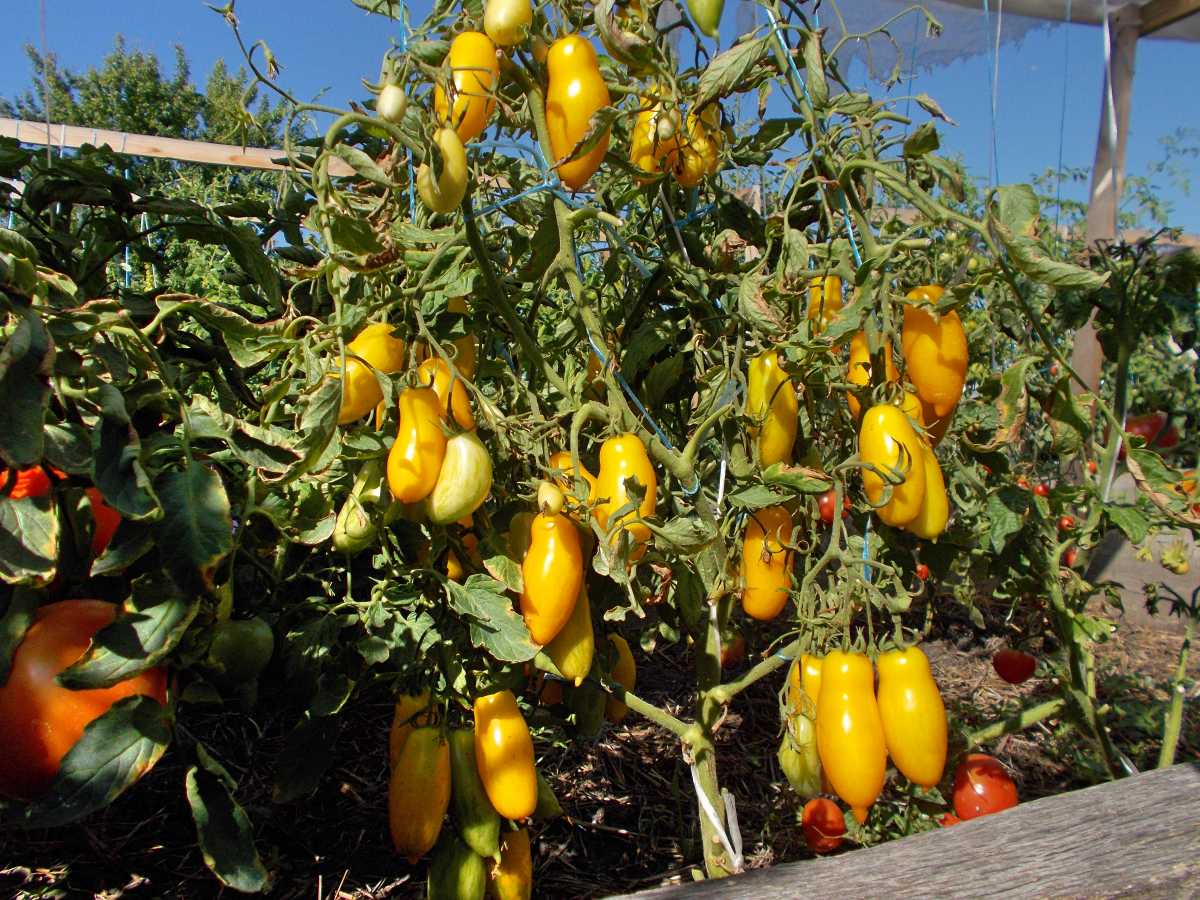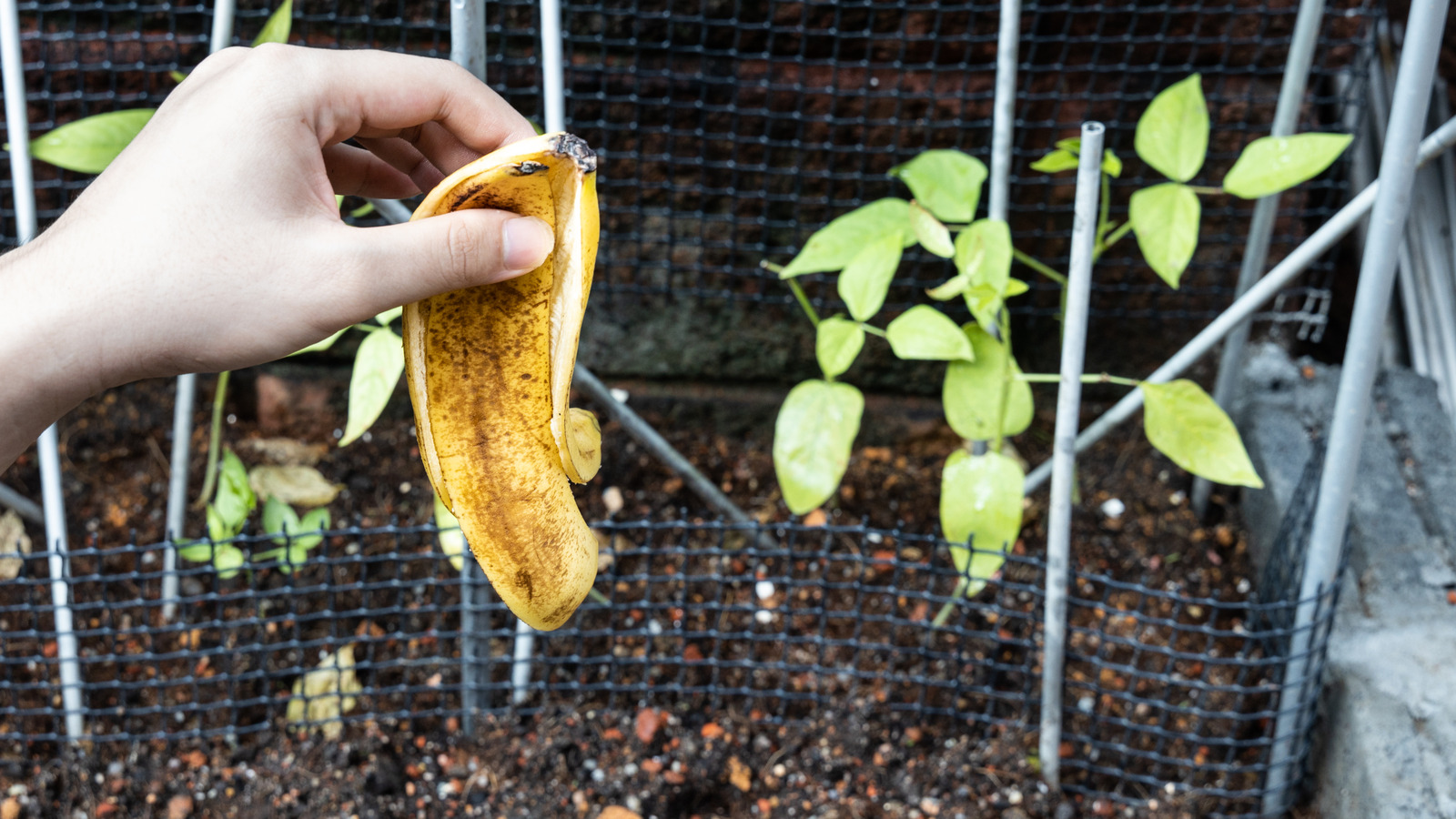Are Bananas Good for Tomato Plants? Practical Benefits and Tips

Mention banana peels in a group of gardeners and you’ll get instant opinions: "Game changer!” or "Total myth!” I’ve been at this for two decades—digging, testing, failing (sometimes explosively), and discovering what really works when it comes to feeding tomatoes. If you want the honest, behind-the-scenes scoop on bananas and tomato plants, let’s peel back the folklore and get straight into what seasoned gardeners actually do.

The Banana Peel Hype—And What Really Happens
Every spring, some eager new gardener asks me if tossing a banana in the hole guarantees bushels of tomatoes. The truth is less magical than you’d hope—but far more interesting.
First, banana peels break down to release potassium and phosphorus. Both are vital when your tomato plant is finishing up its leafy growth spurt and focusing on flowers and fruit. Great stuff—but barely half the picture.
Here's what actually happens in the garden:

1. Slow Release—No Instant Fixes:
I once conducted a side-by-side grow-off in 2017 between plants with buried whole peels vs. no peels. After six weeks? No difference at all above ground. By midsummer, though—a slight advantage showed up: the “banana” plants had fuller trusses with firmer fruit stalks (my notes even included, “stems noticeably less brittle”). But it took a whole season for that to become obvious.
2. Not a Calcium Source:
You’ll hear internet rumors that banana peels prevent blossom end rot; my experience says otherwise. Tomatoes need calcium for that—egg shells or ag lime are your allies there. I watched one poor plant fail spectacularly back in 2014 because I relied only on kitchen scraps; all those brown-bottomed tomatoes were my wake-up call! Lesson learned: bananas help fruit size and structure, not calcium needs.
Three Insider Ways to Really Harness Banana Peels
Over years of trial—and a few stinky errors—I’ve filtered out what’s practical from wishful thinking:

A) The “Capsule Trick” at Planting Time
Instead of tossing in an entire peel (which can become a raccoon buffet), chop it into inch-long pieces. Layer these pieces about 5 inches beneath where your root ball will go—not directly touching roots so you avoid slimy surprises later.
Dialogue snippet from last season:
“Doesn’t this attract ants?” my neighbor asked, watching me bury chopped peels.
“Never had trouble if you keep them deep enough,” I replied—and sure enough, those beds stayed pest-free.
B) Banana Peel Powder (Yes, Really)
Dry your peels out completely—an oven at 200°F for an hour does the trick here in Upstate NY’s unpredictable springs. Pulse them into powder using an old food processor reserved just for garden duty. Sprinkle about half a tablespoon around each tomato once a month—that slow-leaking potassium source won’t overwhelm roots or smell like rotting compost.
C) Banana Tea Booster
This one came from an old-timer at my first community plot in 2006—a true “secret handshake.” Soak chopped dry banana peel scraps in water (I use a quart jar) for 48 hours max. Strain off the liquid (it’ll look like weak iced tea), then use it as root drench every two weeks during flowering/fruiting cycle. This isn’t fertilizer—it’s more like micro-dosing micronutrients directly when your plant needs fast support.

Pitfalls Nobody Tells You
Failed first attempts still sting. In my second year gardening solo, I buried way too many whole bananas under four tomato starts thinking more was better—they rotted slowly, soured the soil nearby, and turned one bed into slug central by July.
Here’s how to dodge easy mistakes:
- Avoid large chunks; always chop/dry beforehand.
- Go light: One medium peel per plant per month is plenty.
- Watch for pests: If critters start digging around freshly worked-in areas? Go deeper or switch to making tea instead.
- Balance nutrients: Don’t skip balanced organic fertilizer or mulch either; absence brings yellow leaves and wimpy stems no matter how many bananas you bury.
Why Even Bother With Bananas?
Three reasons:
- Potassium bumps yield: Especially handy mid-season as fruits form—notably helpful during drought years like 2020 where stressed plants needed every boost possible.
- Zero waste: You’re literally turning kitchen trash into garden treasure; after tracking six seasons’ worth of scraps, nearly 12 pounds avoided landfill!
- Slow but steady wins: Bananas never torched my plants like over-fertilizing sometimes did; gentler release means fewer burnt roots or salt buildup headaches.

Real-World Routine: My Tomato Feeding Calendar
- At transplanting (May):
- Bury small handful of dried banana peel powder + crushed eggshells five inches below seedlings.
- Every four weeks after planting:
- Scratch half tablespoon dried peel powder or small handful chopped peel into topsoil around each plant base.
- During peak fruit set:
- Pour quarter cup diluted banana tea around base (avoid leaves).
Cost breakdown? Less than $2/season if you eat bananas weekly anyway—far cheaper than most specialty fertilizers.
Bottom Line From The Trenches
Banana peels aren’t miracle workers—but they’re quietly effective team players alongside responsible feeding, mulching, deep watering at root zone (not overhead!), and regular observation.
After twenty years experimenting side-by-side with everything from triple superphosphate pellets to fish emulsion drenchings—I keep coming back to this: Small doses of banana peels don’t work instantly but make stronger stalks and plumper fruit three months down the line…and spare your compost bin extra volume along the way.
Give it a try—and trust your eyes more than internet hype! If you ever open up your soil midseason and catch that faint sweet earthy scent mingling with healthy roots? That’s nature giving you a thumbs-up—and maybe a hint that old gardening tricks are worth revisiting…just done smarter this time around.
Happy growing!



